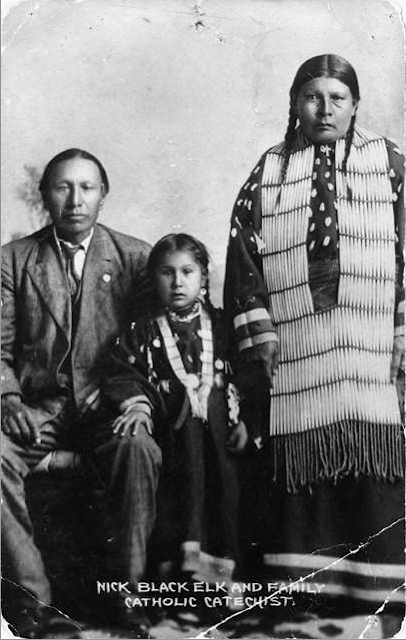St. Raymond Nonnatus was born in Spain around 1203. The nickname Nonnatus is from the Latin meaning “not born” because he was delivered by caesarian section. He joined the Mercedarians, the Order of the Blessed Virgin Mary of Mercy, and was ordained a priest in 1222. The purpose of the order was to ransom Christians from Muslims who were held captive because they were Christian. St. Raymond ransomed 140 Christians from slavery in Valencia and then 250 captives in Algiers, North Africa by buying their freedom. He then went to Tunis and offered himself as hostage to free 28 Christians when his money ran out as fulfillment of the orders fourth vow, which was taken from Matthew’s Gospel to free the prisoner. However, according to legend, he was prevented from preaching the Good News by having his lips pierced and then closed with a padlock, only to be opened when he ate. He suffered this torment for eight months until other Mercedarians brought the original ransom. He died in 1240 at the age of 37.
St. Raymond lived the corporal work of mercy at that time, ransom the captive. Let us help free others from the torment that imprisons them, whether it be physical, psychological, emotional, social, or whatever. St. Raymond, pray for us.
*https://static.wixstatic.com/media/61f7a5_6b30669f682c4b0282413ca2a9f7b575~mv2.jpg/v1/fill/w_667,h_1004,al_c,q_85/Vicente_Carducho%2C__Martirio_de_san_Ram%C3%B3n.webp


